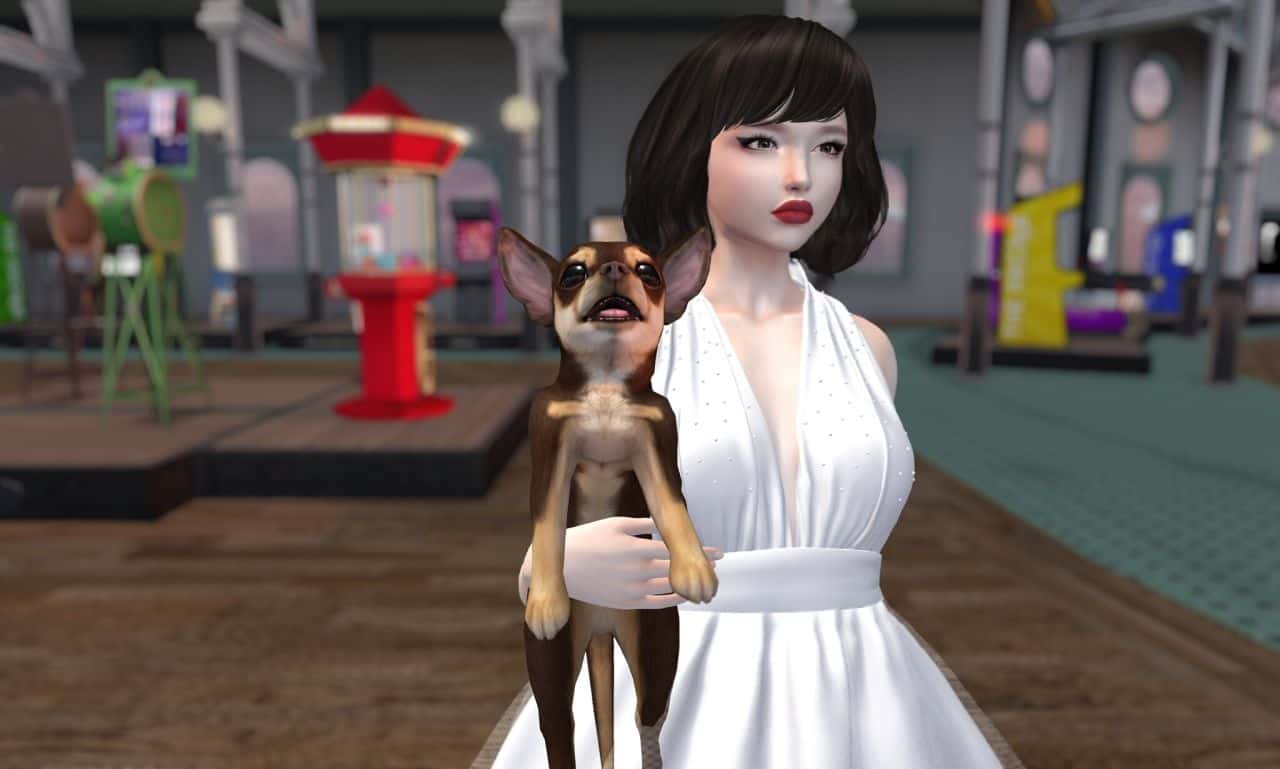When people hear the word “animation”, they’ll probably end up thinking of high-budget Hollywood creations with high-quality graphics, something that is also heavily associated with the term “CGI”. However, the differences between the two are quite drastic, and the gap widens when you explore the technical definitions of each.
So what is meant by CGI?
Animation, originally, meant a sequence of hand-drawn cells that were played in order, each lovingly sketched or rotoscoped to create smooth motion with a (usually) stylised look to it. In more recent years, it’s informal definition has changed to mean any animation that’s not photorealistic or movie-studio-quality. It’s no longer a case of the technique used, but the quality and look of the finished sequence.
CGI, on the other hand, initially meant “graphics that were inserted into live-action scenes” – it was a way for directors to replace models with computer-generated graphics that could give their films a little more scope and scale. Like animation, it’s definition has been twisted to mean most or all of the project has been rendered in computer animation software. This is fast becoming the norm across many medias, including; Online Video, Social Media and Tv Advertising.
Examples of animated Tv adverts:
- O2 for England Rugby – Wear the Rose, Make Them Giants
- Lyft – June: Life is Better When You Share the Ride
- Cadbury – Screme Egg Last Stand
Examples of Tv adverts using CGI:
- Aldi Christmas Advert – Kevin The Carrot
- Tombola bingo – I’m A Celebrity Get Me Out Of Here sponsorship
- Asda Christmas Advert- The Imaginarium
With their own inherent upsides and downsides, each style can completely change the quality of a finished product:
Animation:
- Can be done by hand, on a computer, or a combination of both.
- Doesn’t require any specific software to create the frames other than skill, but can involve specific software to make the finished pieces even better.
- Usually allows for any art style to be adapted, and can even be created from a small amount of still images.
- Assets can be re-used – an image of a character can be rotoscoped or pasted into any applicable frame.
- Can be much cheaper than CGI when hiring artists and purchasing tools
- If an animation is (or at least looks) hand-drawn, it can appeal to an audience that nothing else really can appeal to.
- Animation takes a lot longer to produce, especially if existing frames and cells can’t be re-used.
- Any mistakes will be much more blatant, even if drawn on a computer, due to the lack of a consistent “model”.
CGI:
- Looks much better than conventional animation and has a much greater scope
- 3D assets can be re-used across entirely different projects without artistic issues
- Looks much more expensive and flashy in most cases
- Only requires a model to be created once before it can be animated doing essentially anything
- Mistakes can easily be rectified by going back and re-rendering the footage
- Takes up a lot more digital storage space
- Almost always more expensive to produce
- Often looked down upon artistically
- Requires specialized tools and skills to produce
- It can take months or even years of work to complete long projects.
